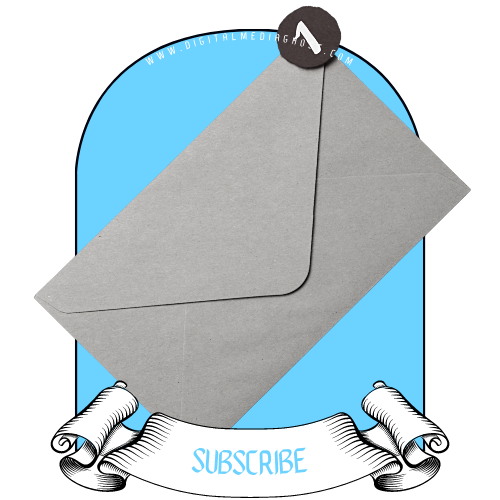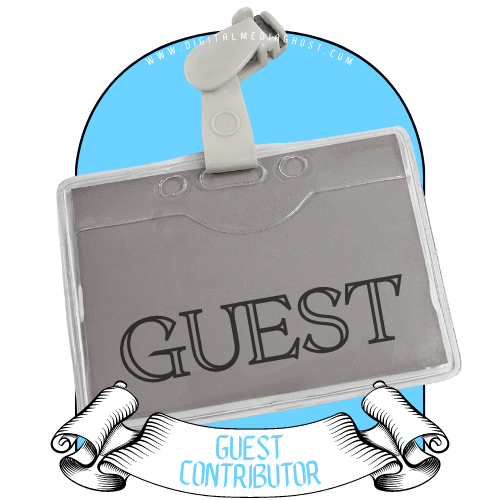|
by Lily Bradic Twitter saw a 27.82% increase in favoriting when it switched from the star symbol to the heart. If you’re using emojis in your marketing, there’s a lesson here — and it’s this:
The same but different
If the star and the heart are essentially the same, why is one more successful than the other? A few possibilities: The heart is more emotive We associate hearts with positive emotions. Stars, while generally being a positive symbol, don’t have that emotional meaning. If a star says “this is good”, a heart says “I like this”. Other places use the heart We like things that are familiar, and we’ve been using the heart symbol all our lives. Tumblr uses the heart. Kids use the heart. There’s even a shaky cave painting of a heart (admittedly in a drawing of a woolly mammoth. And it could be a heart-shaped smudge). Inward- vs outward-looking “Starring” something feels more like archiving it for personal use — so you can refer back to it — whereas “hearting” something feels more like showing your appreciation. In this respect, it’s more about the connection with the person, and less about the connection with the content.
Learning the language
If you’re using emojis in your marketing campaign, it’s vital that you understand the connotations of the image, and not just the symbol itself. As emojis become even more personal (and personalized), that's not as easy as it sounds — but you have to try. There are over 10 different heart emojis. They all mean different things. Did you know the blue one has BDSM connotations in some circles? Or that purple is less about love and more about excitement? Or that yellow means spring is here? You should — because your audience does. Marketers use emojis to connect with their audience, but if they don’t use them correctly, their attempts look insincere. And that's ?. What have you learned from using emojis in your campaigns? Share your tips in the comments! Image credit: Wicker Paradise |
Categories
All
Archives
November 2023
|
|
Locations:
New Orleans, LA Nashville, TN |
|
Digital Media Ghost @2020
|


 RSS Feed
RSS Feed
